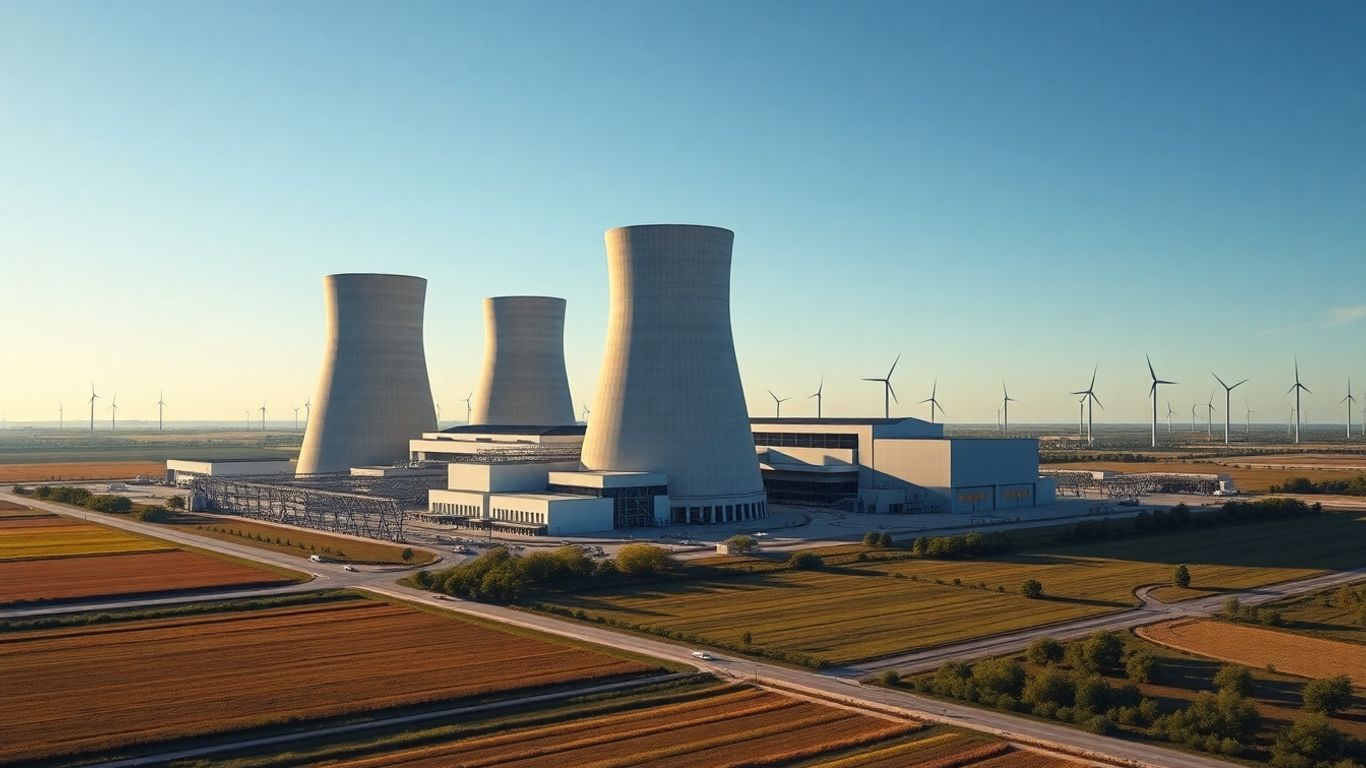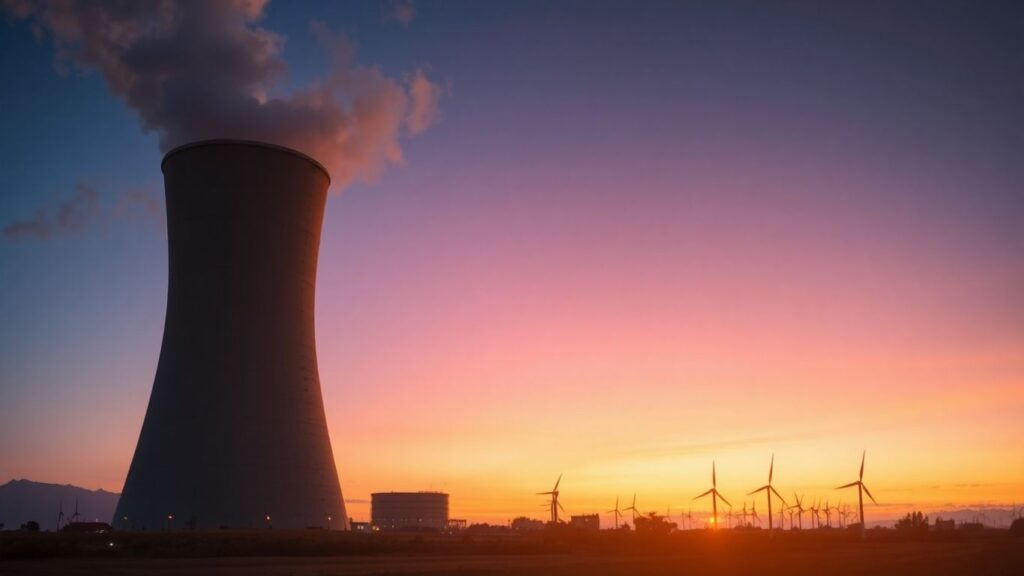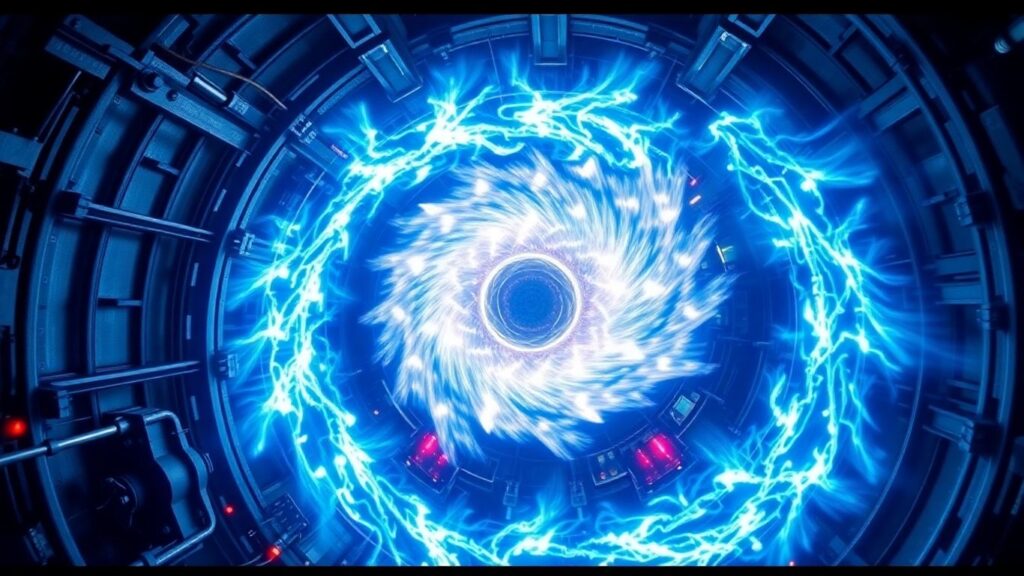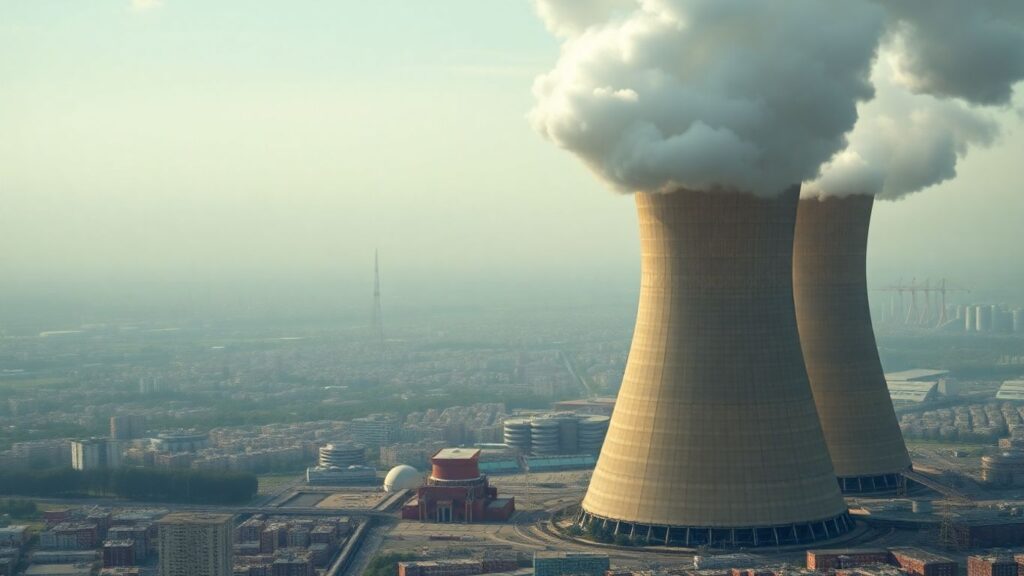Texas is rapidly establishing itself as America’s proving ground for next-generation nuclear energy. State leaders, universities, and private innovators have joined forces to deploy compact, advanced reactors that promise cleaner, safer, and more reliable power across industries — all propelled by fresh legislative and financial support.
Key Takeaways
- Texas is accelerating advanced nuclear reactor projects with public and private investment.
- Modular, factory-built designs are being tested in Abilene, at Texas A&M, and in partnership with major corporations.
- Legislative efforts are proposing billions in support to solidify Texas as a national leader in new nuclear technology.
- Safety improvements and waste management remain under scrutiny by public and experts alike, but optimism in industry is high.
Texas Embraces Advanced Nuclear Technology
The West Texas city of Abilene, long known for country music, now hosts the country’s first permitted construction of an advanced molten salt research reactor at Abilene Christian University. Similarly, Texas A&M University is transforming an old air base into a 2,400-acre “Energy Proving Ground” for multiple commercial reactor demonstrations. Notable industry partners include Natura Resources, Kairos Power, and X-energy, underlining a diverse approach to reactor design and application.
These projects diverge from traditional nuclear methods by using coolants like molten salt or helium gas and modular designs. This means reactors can be manufactured in assembly lines, shipped in sections, and installed at industrial sites or data centers, promising swift deployment and scalability compared to massive legacy plants.
Financing the Nuclear Revival
Texas lawmakers have advanced proposals to pour public funds — potentially over $100 million per project — into new nuclear ventures, following recommendations from a recent state report. This comes on top of the 2023 Texas Energy Fund, which set aside $5 billion for grid reliability projects, signaling bipartisan recognition of nuclear’s role in meeting the state’s rocketing demand for non-intermittent, low-carbon electricity.
State officials and supporters cite nuclear power’s reliability and minimal emissions as a boon for both the grid and high-energy industries like oil, manufacturing, and computing. Recent partnerships even aim to power oilfields and treat wastewater using small modular reactors, indicating a broad commercial appetite.
Balancing Optimism With Industry Realities
Despite Texas’s embrace of next-generation reactors, skepticism persists. Critics warn against risking taxpayer funds, citing unresolved issues like long-term nuclear waste storage, material durability at high temperatures, and the need for thorough proof-of-concept trials before commercial rollout.
While advanced reactor designs boast enhanced safety — operating at lower pressure and producing less hazardous waste — regulatory approval takes years. Full-scale deployment is expected to be gradual, with the first commercial reactors projected by the early 2030s at the soonest.
The Bigger Energy Picture
Texas’s nuclear resurgence arrives amid growing pressure to transition from fossil fuels without sacrificing grid reliability. The Lone Star State’s energy sector — already the country’s largest — may soon have advanced reactors at its core, reshaping power generation for a new era. With both university research and commercial projects gaining steam, Texas is poised to play a pivotal role in the future of American nuclear energy.
Further Reading
- Texas wants to lead development of new type of nuclear power, The Texas Tribune.
- Small nuclear reactors may be coming to Texas, The Texas Tribune.












